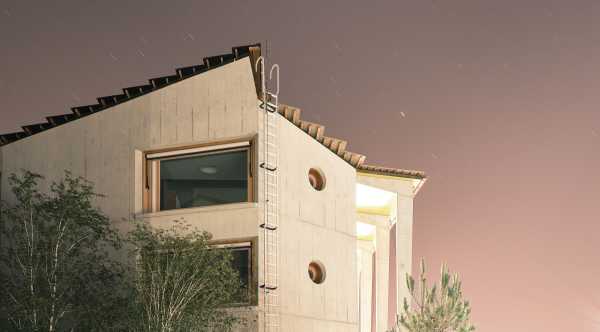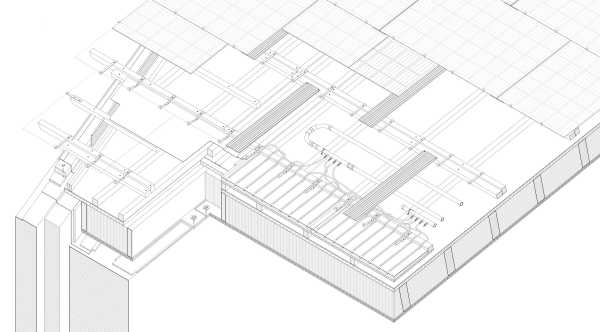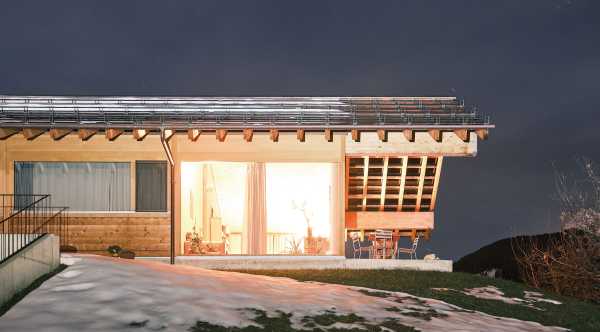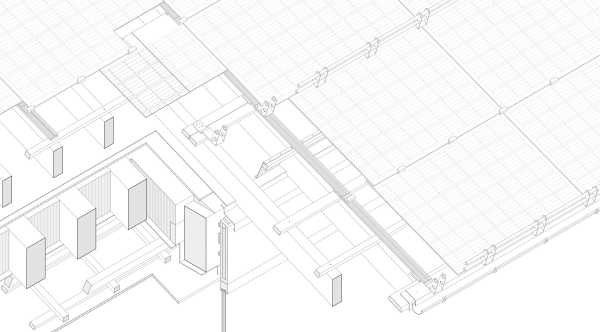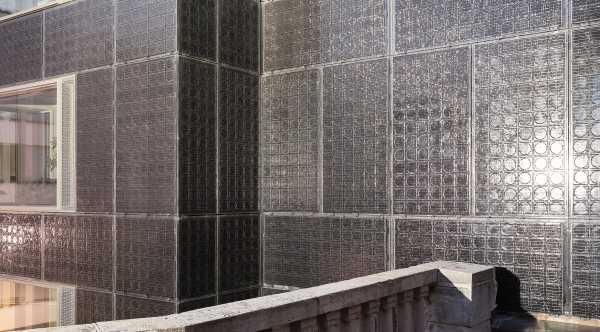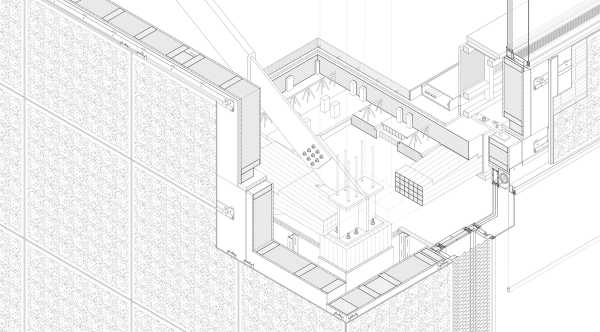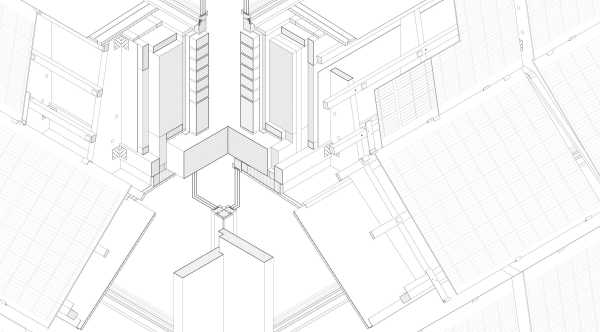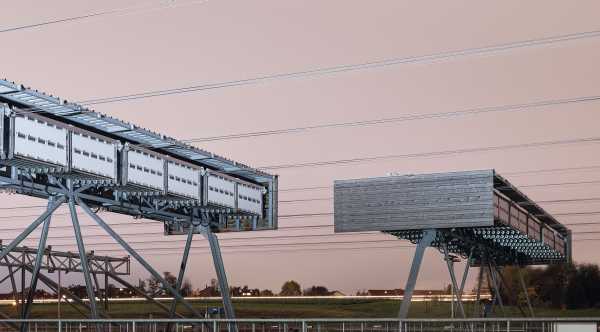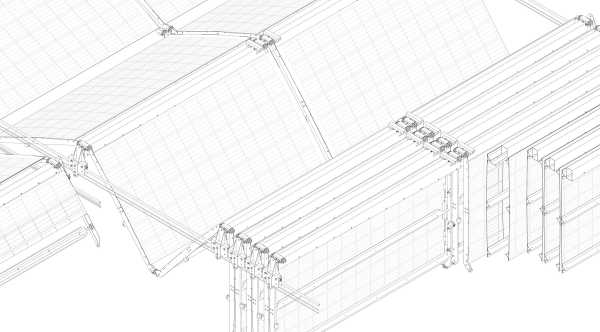The book aims to explain the whole range of the technology and its construction with just a few examples. There are solar panels in the façade, on roofs or as shutters. A folding roof was even installed over a sewage treatment plant with particularly lightweight plastic PV elements that can be retracted in wind, rain or snow. “We wanted to show that there is good architecture with solar technology,” says Studer. Nevertheless, not all the buildings in the book have the same architectural quality, and many of them are hardly known. Unlike concrete architecture, for which the lectureship external page published a book in 2018, solar architecture does not have a hundred years of design development behind it.
Many of the examples use integrated systems in which the solar elements take on other design functions in addition to energy generation, for example as a building envelope. Today, the technology can be adapted in many ways and the colors of the glass can be selected, which increases the architectural possibilities. At the same time, prices have fallen sharply. According to Daniel Studer, major development steps are still conceivable in terms of design. “One question, for example, is how a solar façade is also possible without a rear-ventilated construction, as this makes the structure expensive.”
Solar technology is developing rapidly, and the future is open. Another question is what architects will do with it and whether solar will become a style-defining element of an entire era. Solar architecture could change the building culture because, for example, the orientation of the sun becomes more important, or the building volume is chosen differently. Or it could become increasingly seamlessly integrated and almost invisible. There are already the first solar glasses that can be used as windowpanes. Although the efficiency is low, the surfaces are all the larger. “Architecture is not getting better or worse because of solar,” says Daniel Studer. Solar technology is a necessity to achieve the energy transition. “We should use it in such a way that it advances architecture.”

